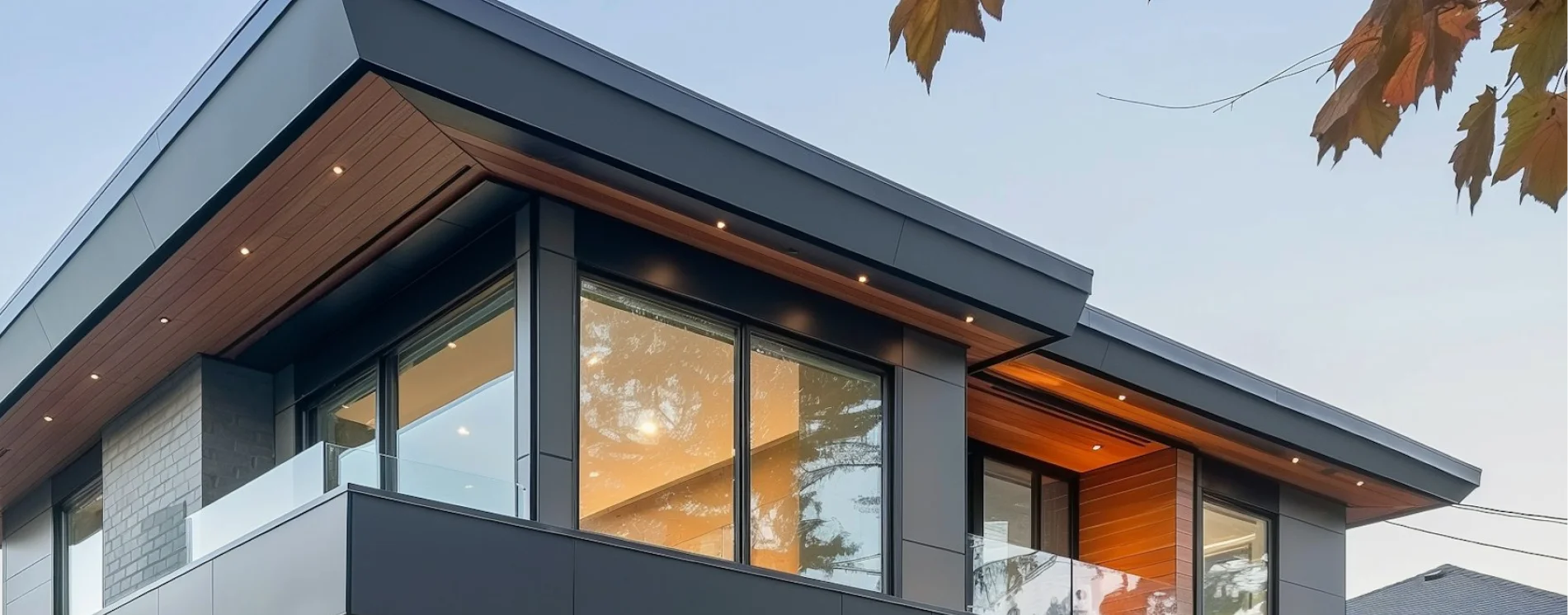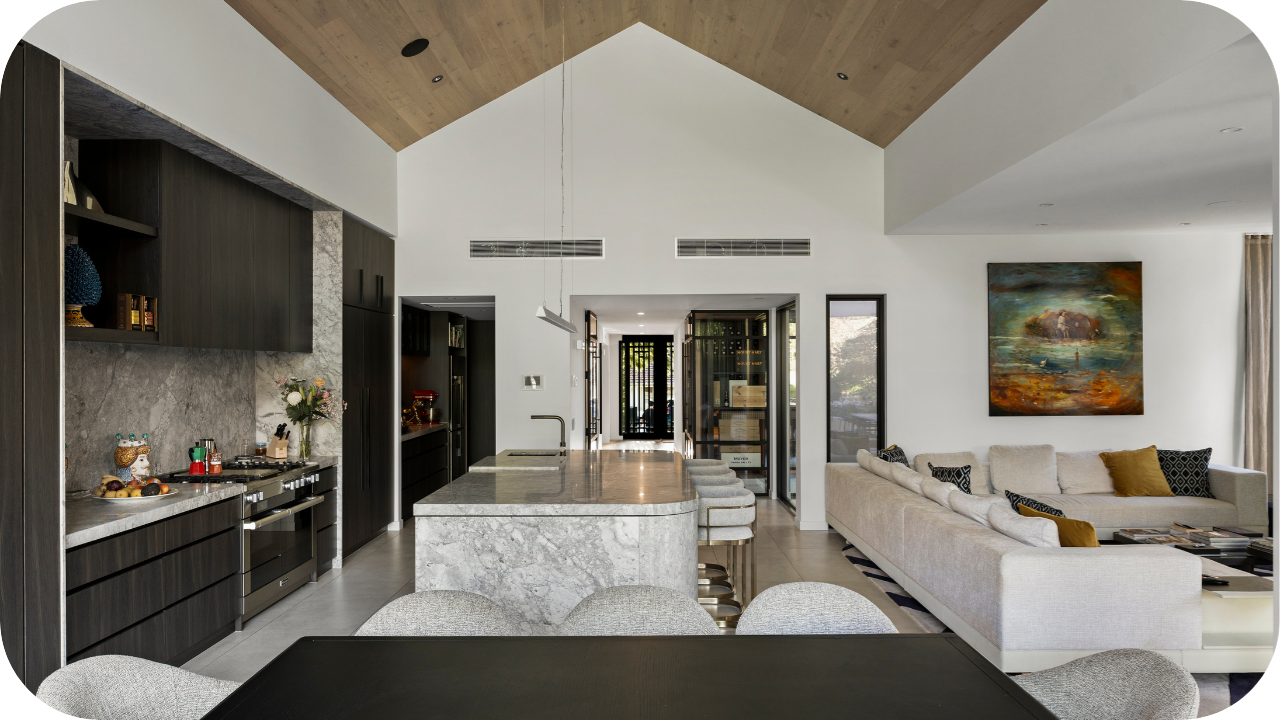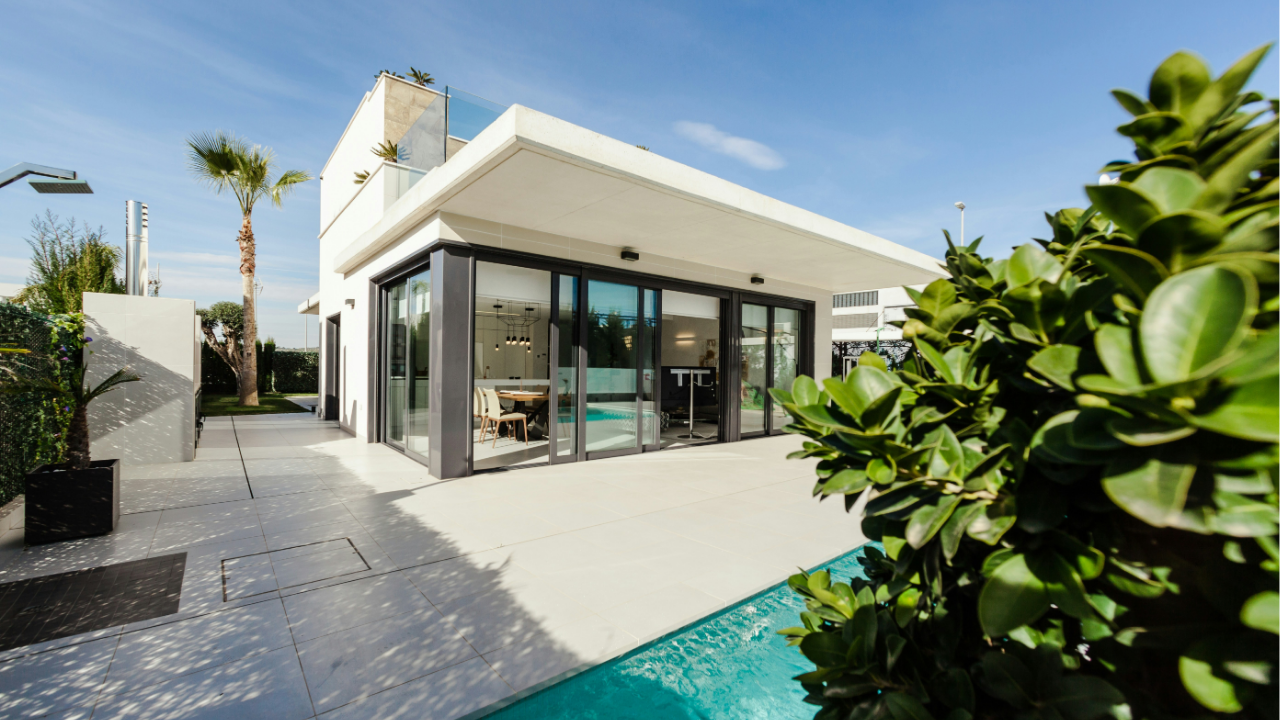


Many Aussie homes lose nearly half their heat through poor interior design, making cold seasons feel even tougher than they should.
Rooms start to feel flat. Colours look dull. Comfort disappears. You might crank up the heater, yet the place still lacks that inviting, lived-in warmth that makes winter feel cosy rather than tiring. It becomes frustrating fast!
This guide walks you through warm interior design trends that lift comfort, boost visual warmth and help your home feel welcoming through every chilly month.
A warmer interior design approach plays a much bigger role in cooler climate homes than simply making a room look cosy. It influences how comfortable you feel day to day, how much energy your home uses, and even how enjoyable your living spaces are during long stretches of cold weather.
When temperatures drop, rooms with hard surfaces, cool colours, or poor insulation tend to feel uninviting. This affects your mood and can make your home feel colder than it actually is.
Thoughtfully chosen warm materials and colours instantly shift the atmosphere. Timber and other custom finishes, textured fabrics, layered lighting, and earthy tones introduce visual warmth, making the entire space feel more welcoming.
These choices also work with practical elements such as improved insulation, quality window solutions, and efficient heating to keep rooms comfortable for longer.
By blending style with thermal performance, warmer interior design helps your home feel inviting, balanced, and ideally suited to Australia’s cooler regions.
These warm interior design trends create inviting comfort and richer character for homes that need extra cosiness during long, cold periods.
Colour plays a massive role in how a room feels, especially in cooler climate homes where natural light can dip during winter. Warm palettes instantly shift a space from flat to inviting by adding depth and visual comfort.
Earthy tones such as terracotta, clay, caramel, honey and muted reds bring a rich sense of warmth without overwhelming the room.
Soft neutrals like almond, oat and mushroom also pair beautifully with cooler architectural elements. When used across walls, furnishings and decor, these colours create a calm, grounded atmosphere.
Layering shades within the same family creates a balanced, cohesive feel. Warm palettes also reflect ambient lighting more gently, helping the entire space feel brighter and more comfortable throughout the coldest months.
Natural materials create an instant sense of warmth by introducing texture, character, and a comforting organic feel that works beautifully in colder climates. Timber remains a favourite thanks to its depth of colour and ability to soften even the most modern interiors.
Warm-toned stones like limestone and travertine add a sense of grounded luxury. Textured fabrics such as wool, linen, and boucle add softness to living spaces while improving thermal comfort.
Leather accents, woven baskets and handcrafted pieces add charm and individuality. When combined thoughtfully, these natural materials make a home feel connected to its surroundings and rich in personality. They also age gracefully, adding lived-in warmth that enhances comfort through every cold season.
Lighting can transform the entire feel of a room, making it one of the most essential elements in cooler-climate homes.
A cosy atmosphere starts with layered lighting. This includes a blend of overhead lighting, wall lights, table lamps and floor lamps that work together to create depth and softness. Warm white globes add a gentle glow that feels far more inviting than cool or harsh lighting.
Accent lighting highlights artwork, shelves and architectural details, giving rooms a comforting focal point. Soft lamps placed in corners help remove dark patches that make a room feel colder.
Dimmer switches also let you easily adjust the mood. When lighting feels balanced and warm, the whole home becomes instantly more welcoming.

Creating a warm interior goes hand in hand with improving the energy efficiency of your home. Proper insulation is essential in cooler climates because it helps lock in heat and keeps rooms feeling comfortable for longer.
Quality wall insulation, ceiling batts and high-performing floor insulation reduce heat loss significantly. Double-glazed windows provide better thermal control while also minimising noise. Sealing gaps around frames and doors also helps your heating work more effectively.
Radiant heating options, such as hydronic systems, offer steady warmth that feels natural and consistent. Smart climate control systems allow you to manage temperature zones throughout the home with ease. By combining these energy-efficient design choices with warm styling, you create a home that feels cosy and cost-effective.
Flooring has a major influence on how warm or cold a room feels. Timber flooring is a popular choice for cooler climates because it carries natural warmth in both colour and touch. Engineered timber works beautifully when paired with hydronic or electric underfloor heating.
Wool carpets and rugs add softness and insulation, making bedrooms and living spaces feel plush and welcoming. Natural fibre rugs, such as jute or sisal, introduce an earthy texture that pairs well with warm interior palettes.
Stone flooring can also feel warm when used with underfloor heating, giving a luxurious and comfortable feel during winter. Layering rugs over hard surfaces helps break up cold zones and adds visual softness. Thoughtful flooring choices create a stable warmth that lasts through every chilly season.
The right furniture and layout can transform a home from cool and sparse to warm and inviting. Plush sofas, upholstered chairs and deep cushions encourage relaxation and add visual softness.
Rounded furniture pieces help soften sharp architectural lines and create a comfortable flow. Warm-toned timbers, textured fabrics and layered throws enhance the cosy feel. Positioning furniture around a focal point, such as a fireplace or feature wall, draws people in and makes the room feel more intimate.
Avoiding large empty gaps also prevents the space from feeling cold. Rugs help define living areas and anchor furniture, creating warmth and structure. When the layout feels connected and thoughtfully arranged, the whole room becomes more comfortable and enjoyable.
Architecture plays a major role in shaping how warm a home feels, especially in areas that experience long winters. Features such as timber beams, panelled walls and curved alcoves introduce a sense of character that naturally warms a space.
Built-in shelving, window seats and framed openings create visual interest and add depth. Fireplaces with stone or timber surrounds become inviting focal points that anchor the room. Soft archways help ease transitions between spaces and reduce the starkness of straight lines.
Textured wall treatments such as limewash, Venetian plaster or timber cladding add tactile warmth. When architecture supports style and comfort, the entire home feels more balanced. These elements work together to create warmth that is felt well beyond the surface styling.

ROMAAC Group brings warmth and comfort to cooler climate homes through a blend of thoughtful design, skilled craftsmanship and climate-aware construction choices.
Every project begins with understanding how the client uses their space, how natural light moves through each room and where warmth is most needed. This personalised approach allows the team to recommend colour palettes, textures and materials that create an inviting atmosphere all year round.
Timber joinery, layered lighting and custom built features add character while also enhancing thermal performance. ROMAAC Group also focuses on practical elements such as insulation upgrades, efficient glazing and smart climate control to keep warmth consistent through colder months.
Their integrated design and build process ensures every detail works together seamlessly. The result is a home that feels cosy, beautifully finished and tailored to the lifestyle of the people who live in it.
Warm interior design is more than a style choice. It is a way to bring comfort, character, and genuine cosiness to homes that face long, chilly seasons.
When you combine warm materials, layered lighting, thoughtful colour choices, and smart insulation, your home feels welcoming from the moment you walk in.
If you want a space that stays inviting through every cold snap, ROMAAC Group is here to help. Reach out today and let our team create a warm, beautifully crafted home that suits your lifestyle.


